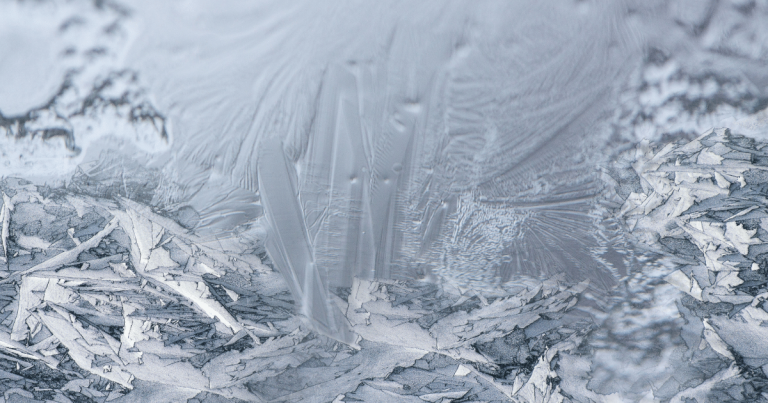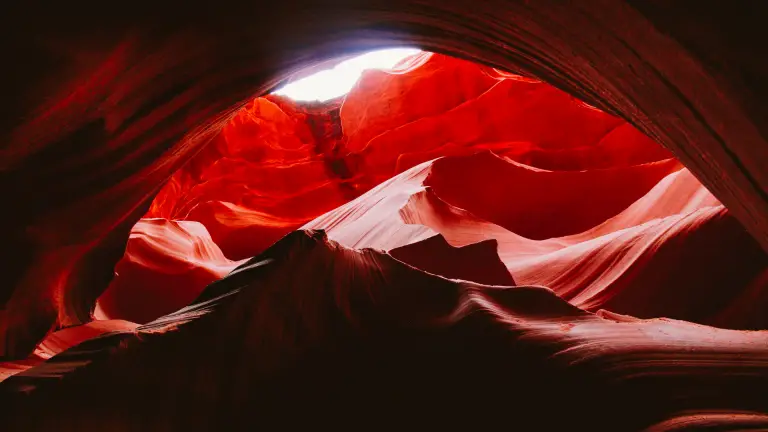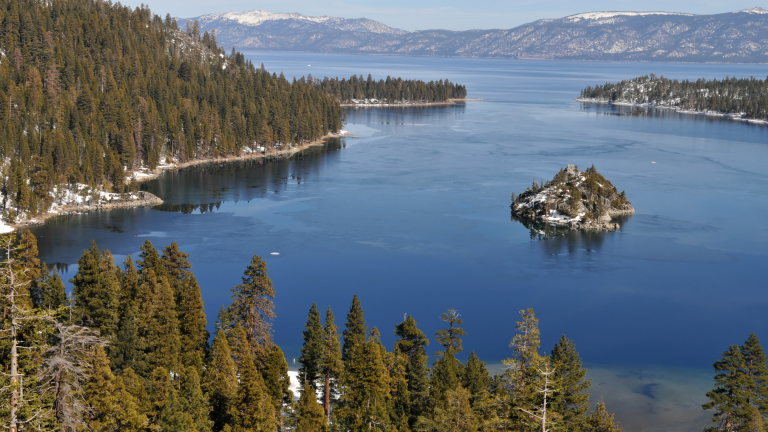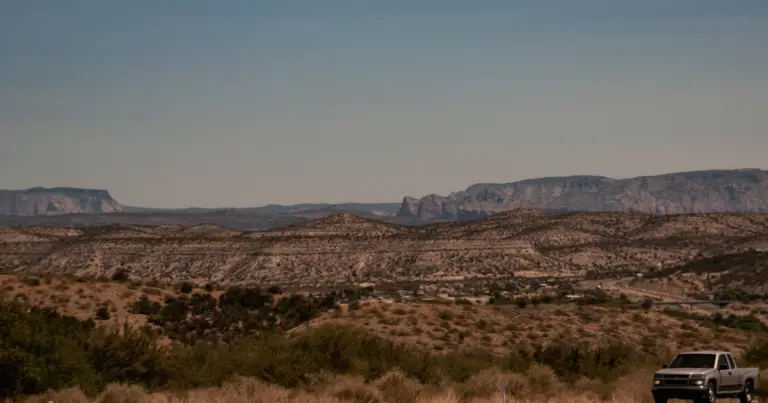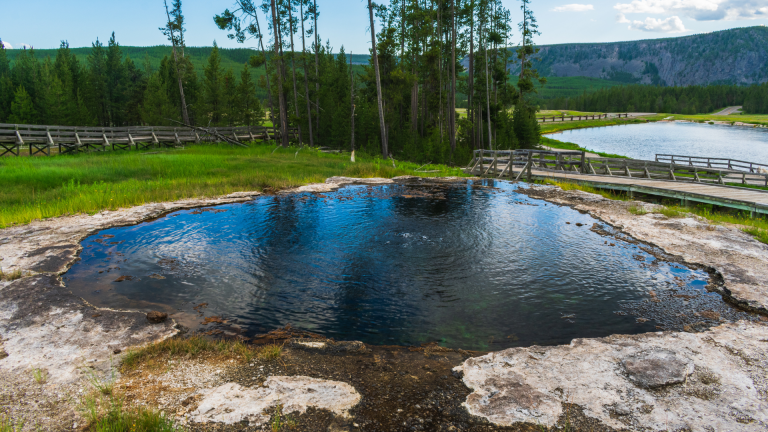Weather Wonders: Understanding Joshua Tree’s Unique Climate
Joshua Tree National Park is a remarkable place to visit for anyone looking for an unforgettable adventure. With its stunning landscapes, unique flora and fauna, and fantastic hiking trails, this park is one of the most popular national parks in California. However, planning a trip here requires knowing about Joshua Tree’s weather patterns.
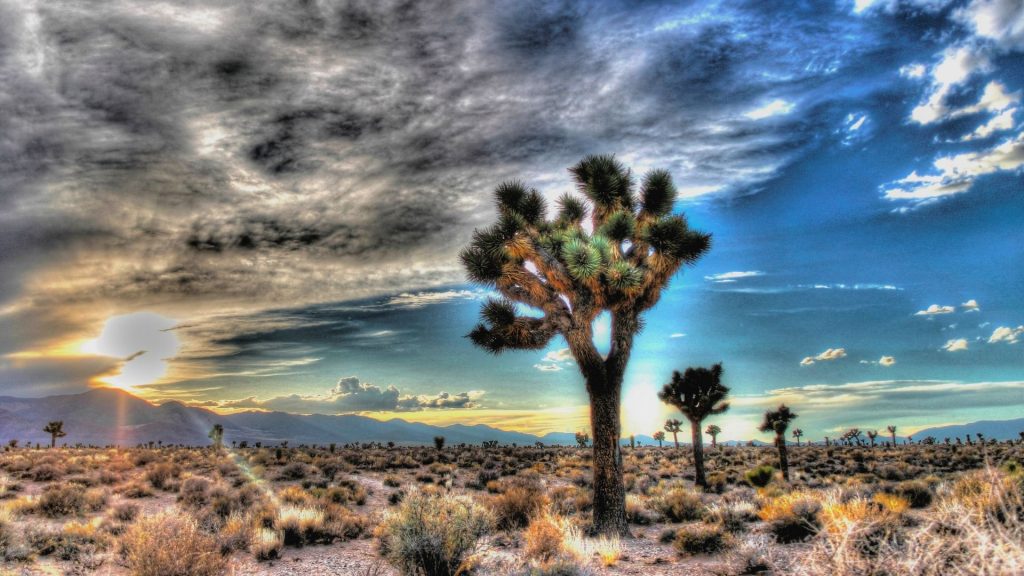
Location of the National Park
Located in southeastern California, Joshua Tree National Park covers an area of 800,000 acres. The park is situated at an elevation of 3,000 to 6,000 feet (1.83 km) above sea level and sits at the intersection of two distinct deserts, Mojave and Colorado. Joshua Tree is characterized by its rocky terrain, distinctive rock formations, rolling hills, and its iconic yucca trees, the Joshua trees.
What is the weather like during the year
The Joshua Tree’s weather is quite distinctive. During the spring months, from April to June, temperatures range from the high 60 °F (15.56 °C) to the low 90 °F (32.22 °C), with the occasional thunderstorms and strong winds. Summer, on the other hand, can be extremely hot, with temperatures reaching up to 100 °F (37.78 °C) or more. If you plan to visit Joshua Tree during this time, be sure to carry large amounts of water and other essential gear. Fall months, from September through November, are much cooler and milder, with temperatures ranging from the mid 40 °F (4.44 °C) to the high 70 °F (21.11 °C). Winters in the park are quite chilly, with temperatures at night dropping to below freezing. Visitors can expect snowfall on higher grounds and frost on the lower grounds.
What to do depending on the weather
The best time to explore the beauty of Joshua Tree National Park is during spring and fall seasons when temperatures are mild. During the summer months, visitors are encouraged to hike during the early morning and late evening hours. In the winter, visitors can still enjoy hiking, but they must be prepared to face cooler weather conditions. There are also plenty of things to do indoors in the park, such as visiting the visitor center, checking out the art galleries, and exploring historical sites.

Interesting facts about Joshua Tree’s weather
One of the most interesting facts about Joshua Tree National Park is that it’s home to unique flora and fauna. The iconic Joshua tree, after which the park was named, is a species of yucca that thrives in this desert environment. The park is home to many species of animals, including coyotes, kangaroo rats, squirrels, and more. Visitors can also enjoy stargazing at night. Joshua Tree National Park was designated an International Dark Sky Park in 2017.
Frequent questions
What safety precautions should I consider when visiting Joshua Tree National Park?
When visiting Joshua Tree National Park, safety is paramount. As with any wilderness area, it is important to be prepared for unexpected situations. Always carry adequate amounts of water, due to dehydration is a significant risk in desert conditions. Wear sun protection, such as a hat, sunglasses, and sunscreen, as the sun can be particularly harsh. If you’re hiking, make sure to stay on marked trails and be aware of your surroundings to avoid encounters with wildlife. Be cautious of the park’s rocky terrain, and always let someone know your plans and routes. Lastly, remember that temperatures can drop significantly after sunset, so pack warm clothing if you plan to stay into the evening. Always check the park’s official website for updates and warnings before your visit.
Is it possible to camp at Joshua Tree National Park?
Camping at Joshua Tree National Park is certainly an experience that many outdoor enthusiasts seek. The park offers nine established campgrounds with approximately 500 developed campsites. Each campsite typically includes a fire grate and picnic table. Some campgrounds provide potable water and flush toilets, while others only have pit toilets and no water. For those seeking a bit more adventure, backcountry camping is also permitted. However, campers are expected to follow the strict ‘leave no trace’ principles to preserve the park’s unique desert environment. One recommendation about camping at Joshua Tree, when you camp at established campgrounds, it can be quite crowded, so advance reservations are often recommended.

Conclusion
Joshua Tree National Park is a stunning destination, with its unique landscapes, flora, and fauna. However, visitors must always be prepared for the park’s weather conditions. With the information provided in this blog post, planning your trip to Joshua Tree National Park will be a more enjoyable and comfortable experience. Remember to check the current weather conditions and pack accordingly, including essential gear and a sufficient amount of water. Remember to enjoy your visit to Joshua Tree National Park, but always prioritize your safety.


